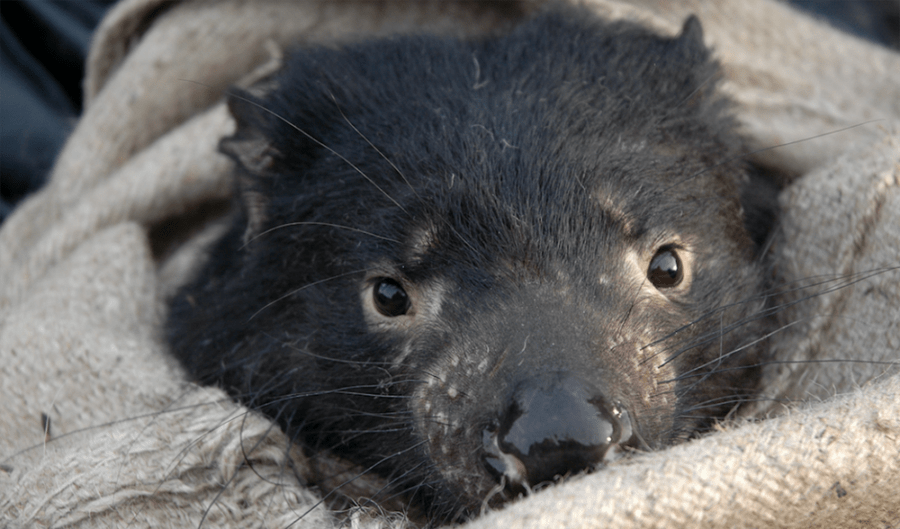Human contamination of waterways affecting health of Tasmanian devils

GIARDIA BACTERIA, WHICH CAUSE intestinal illnesses contracted when drinking contaminated water, have been found to be transmittable between humans and the Tasmanian devil.
The threats posed by these parasites, while unfortunate, will allow researchers to gain more insight regarding effective conservation techniques.
The team of researchers from Macquarie University in Sydney analysed 216 faecal samples from 190 Tasmanian devils. The prevalence of the parasite between wild and captive Tasmanian devils was then observed, revealing that Giardia, in addition to a Cryptosporidium bacterium was more prevalent in wild devils.
Researchers concluded that human contamination of waterways in natural habitats, including the dumping of dirty water, as well as humans swimming while suffering from diarrhoea, meant the wild Tasmanian devils were more at risk.
Captive Tasmanian devils are hardly exposed to these bacteria as their enclosures are routinely cleaned, however this means they have no immunity to the disease once they are released into the wild. The researchers noted that this could pose a significant issue for conservation of the animal in the future.
“The findings suggest that captive management may be changing host-parasite interactions in the Tasmanian devil, as evidenced by the lower prevalence of both Cryptosporidium and Giardia in captive compared with wild devils,” they said in the paper, published in the journal PLOS ONE.
Michelle Power, co-author of the study, explained that up until now much of the research has been focussed on preventative measures concerning facial tumours, a lethal transmissible cancer. “Other disease threats that have the potential to thwart Tasmanian devil health and population recovery also need to be considered”, she said.
New types of the Giardia and Cryptosporidium bacterium were also discovered and could perhaps be unique to the Tasmanian devil.
Dr Samantha Fox from the Save the Devil program explained, “We need to ensure that wildlife and their parasites are conserved, and this is an important goal”.
“By studying the threats posed by introduction of new parasites and the diversity of their endemic parasites, we hope to gain more insight into how to help take these animals off the endangered species list,” Michelle added.
The findings are a part of a larger initiative set out by the Save the Tasmanian Devil Program, implemented in 2003, which looks to prevent the extinction of the carnivorous marsupial.
READ MORE:
- Tasmanian devils are evolving rapidly to fight their deadly cancer
- Tassie devil vaccine may be on the horizon

